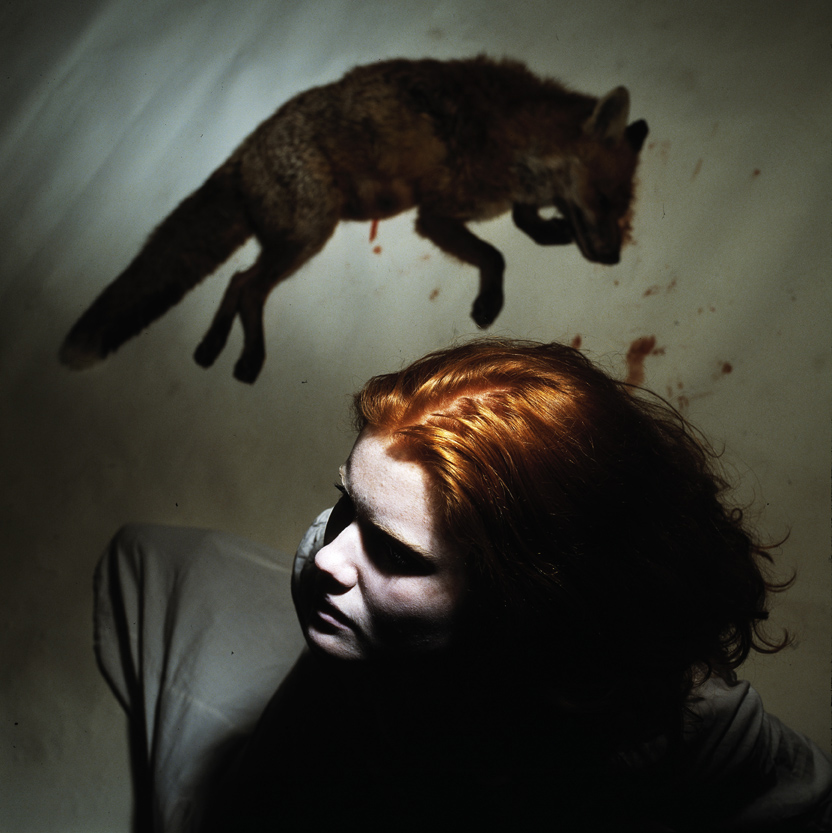 Craig Mackay, who has increasingly come to the public notice as a photographer of rare sensitivity and talent, works in Brora, Sutherland. As a native Highlander he is keenly absorbed by the historical and cultural issues of that region. Although his work is undeniably local and specific, it also has universal appeal and reference.
Craig Mackay, who has increasingly come to the public notice as a photographer of rare sensitivity and talent, works in Brora, Sutherland. As a native Highlander he is keenly absorbed by the historical and cultural issues of that region. Although his work is undeniably local and specific, it also has universal appeal and reference.
As a boy, Mackay hunted and fished, activities which he still peruses. This contact with the natural world gave him an implicit understanding of the cycle of life and death which governs nature. It also allowed him to develop and strong spiritual connection with that world, with the understanding that if humanity is to survive it must also be governed by these natural processes. This idea of interconnectedness of things informs many religions and spiritual teachings, and lies at the root of, for example, Neil Gunn’s writings.
Mackay makes frequent reference to nature in his carefully composed and brilliantly crafted photographs. In An Ruaig 1 & 2 (The Chase 1 & 2) a dead fox is juxtaposed with a female form, in this instance a woman whose startling red hair provides a visual echo to the russet fox.
This technique of framing two contrasting elements, one human and the other natural, has been employed by Mackay in the past. But instead of suggesting dichotomy, two polarities, Mackay presents a middle ground.
For around these images coalesce the arguments of a socially and culturally divided Britain. On the one hand, those who defend fox-hunting as the inalienable right of the country dwellers and, on the other, those who condemn it as barbaric and anachronistic. Mackay seems to be stating that the truth, as with most things, lies somewhere in-between. The fox is part of the natural order but because of the delicate equilibrium that has been disrupted by man, the fox must be controlled. What Ted Hughes described as the ” sudden sharp hot stink of fox” seems to pervade the photograph.
Mackay’s photographs are rarely neutral aesthetic statements. In a series of three works which show slaughtered sheep ” the animals death”, although actual, is also symbolic, signalling the end of that historical process begun over 150 years ago, when landowners such a the Duke of Sutherland cleared people from fertile land such as Strathnaver to make way for the new economics of sheep farming. Sheep are now almost worthless within the Highland economy and in most places remain only as a conduit though which to attract subsidy.
